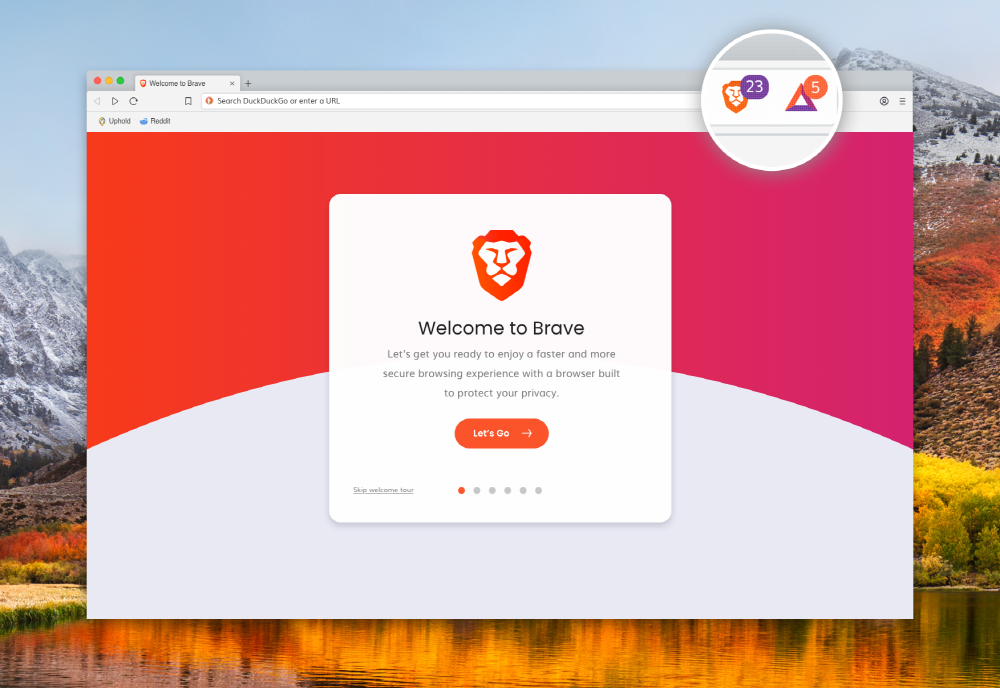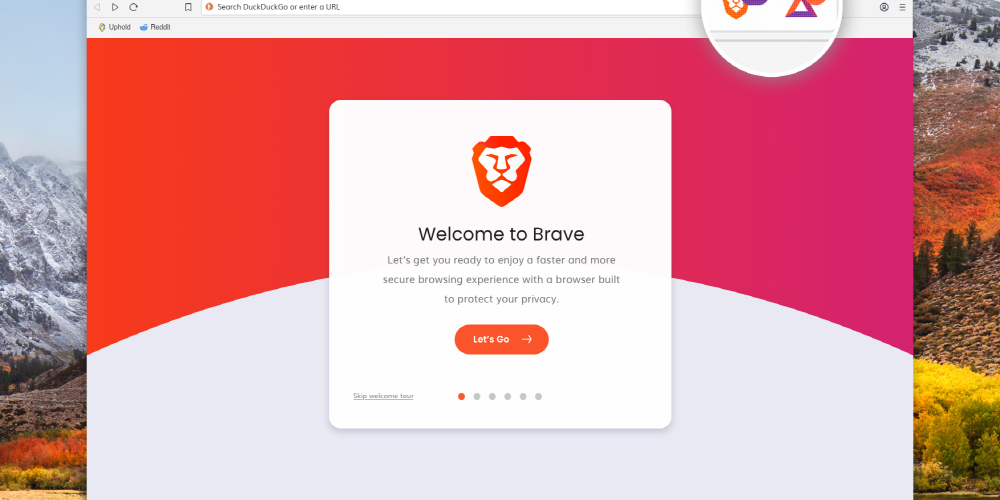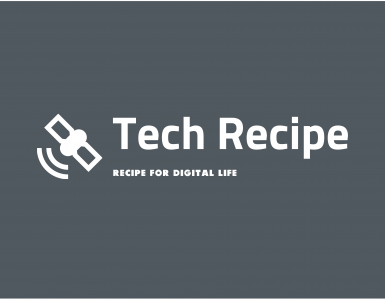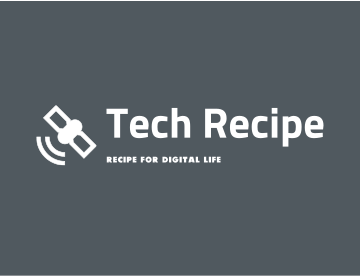
Brave is an open source browser with built-in ad blocking function and fast page loading speed. It attempts to build a new business model that distributes profits to content providers and users while blocking ads. Wikipedia has announced that it has been certified as such a content provider.
In order to earn money in return for providing content on the Internet, the majority is advertising revenue. For this reason, as Internet advertisements overflow, disputes arise between users trying to block advertisements and content providers trying to display advertisements. In the meantime, what Brave is trying to build is a whole new business model. Brave browser has an ad blocking function as standard, but it takes a method of placing separate ads with a structure that distributes profits to content providers, network partners, and Brave where ads are blocked.
To be certified as such a content provider, you must register as a certified publisher, Brave Content Creator. Brave says that Wikipedia, which has become a certified publisher, will be able to join 240,000 publishers and creators existing on the Brave platform and receive BAT (Basic Attention Token) donations from more than 7 million active users per month.
Brave has Brave Rewards, a donation system based on BAT, a cryptocurrency that was unveiled in 2017. Brave Rewards allows Internet visitors to accumulate tokens every time they display advertisements and provide them to their favorite sites. Of course, you can donate the purchased BAT to the site, just like a regular donation.
Brendan Eich, CEO of Brave, said he welcomes Wikipedia’s registration as a Brave-certified publisher and is pleased to be able to automatically link Wikipedia directly to the anonymous donation system. It also said that the two sides will work together to build an ecosystem that supports great content without Internet tracking or advertising and empowers creators and content. Related information can be found here .


















Add comment